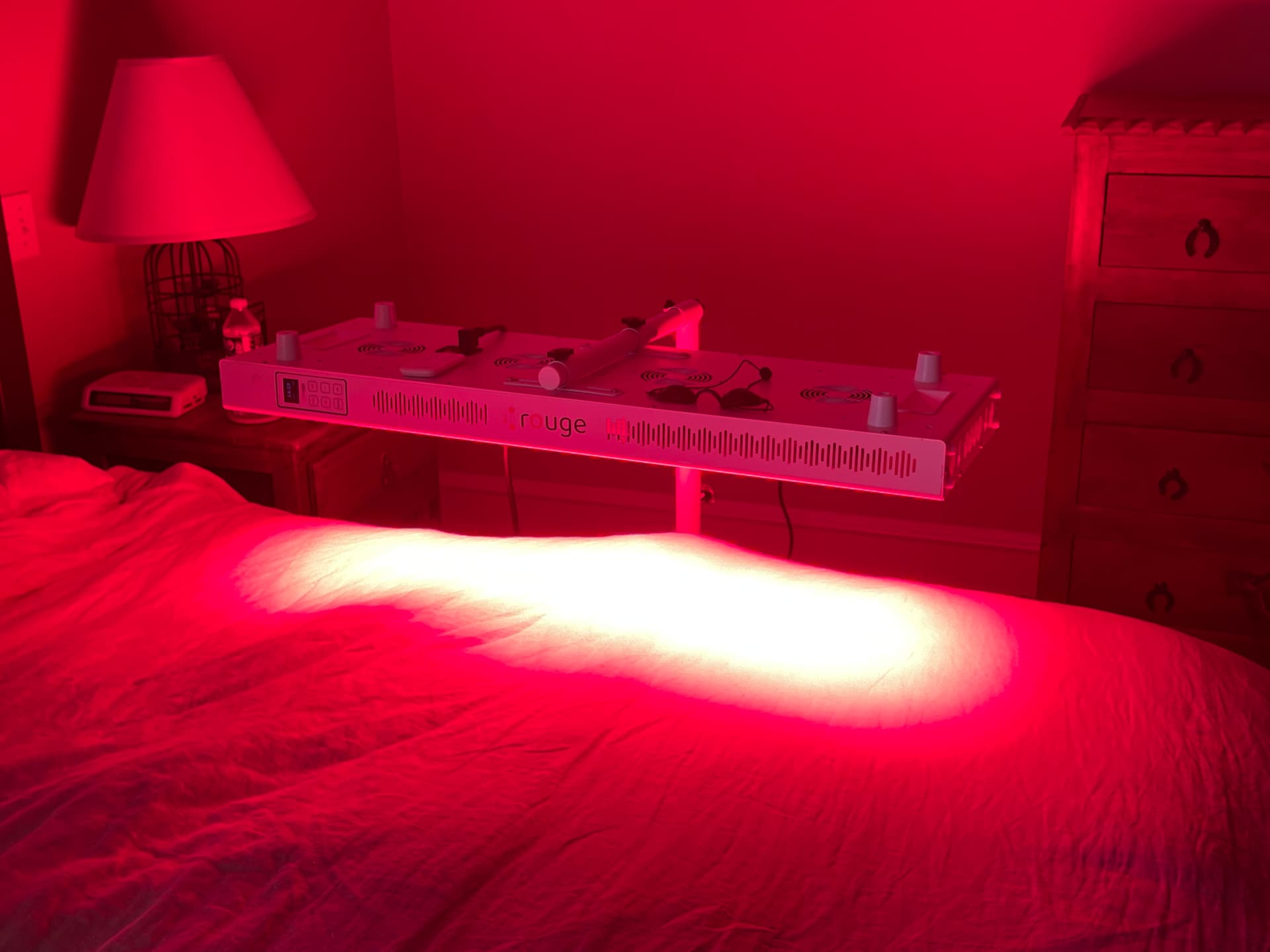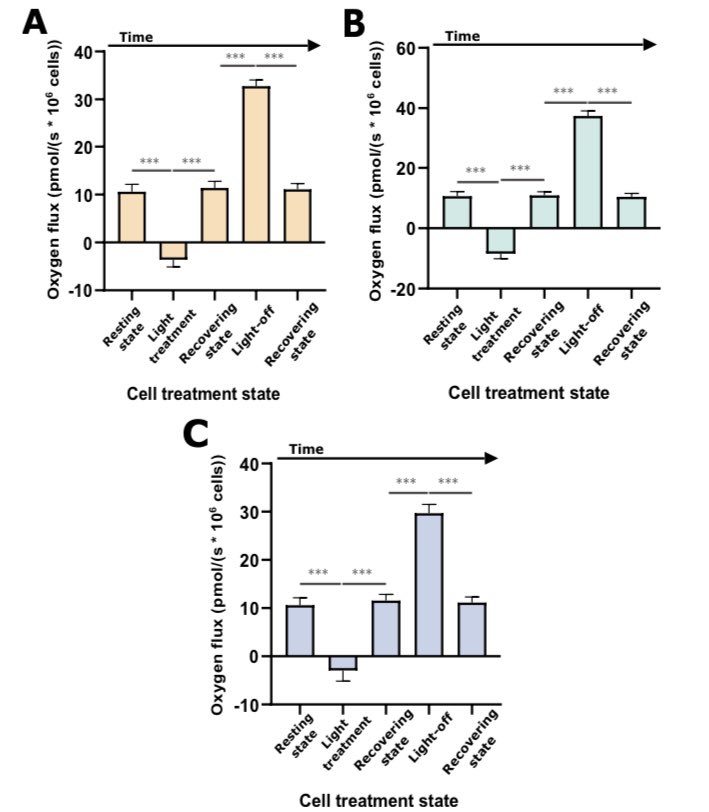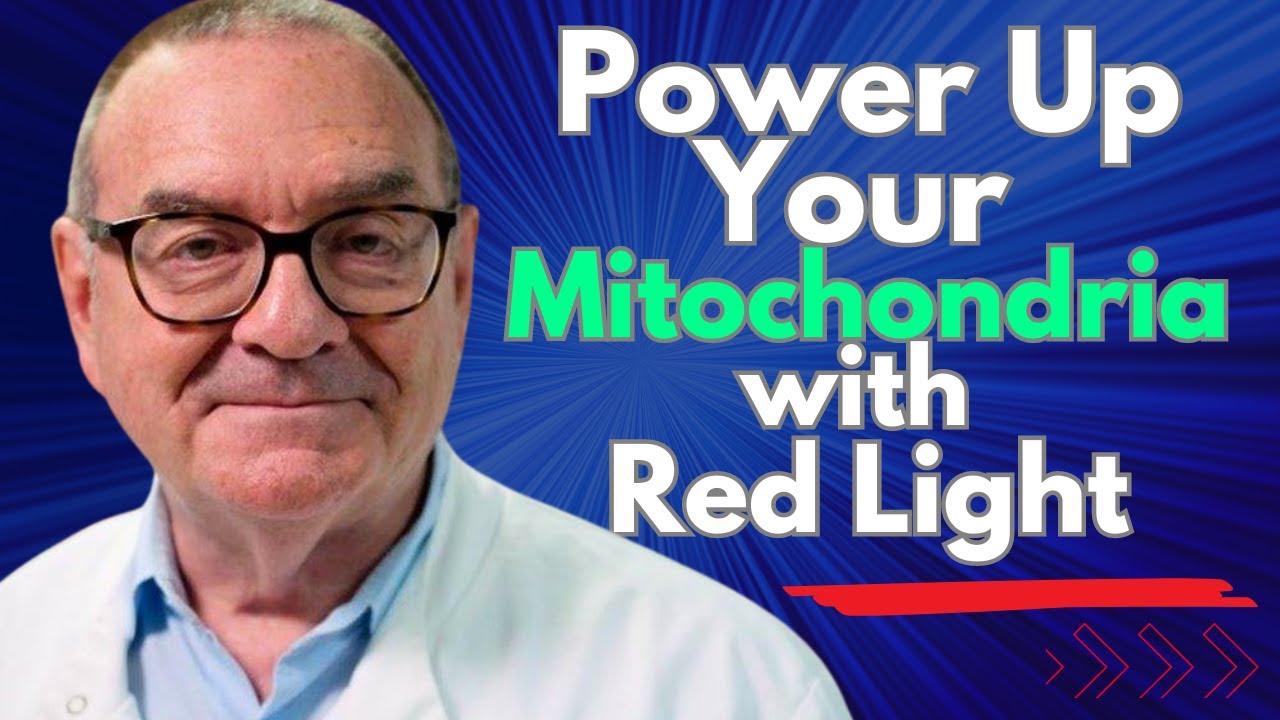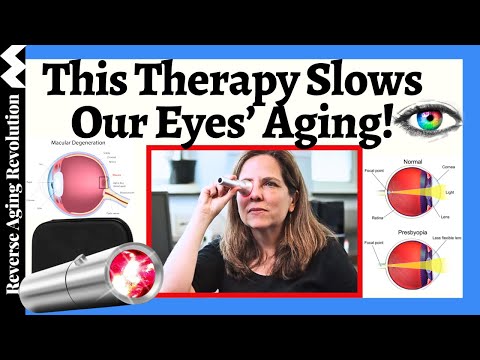I don’t mind saying I was shocked and surprised when my retired physician, who also prescribes me 6 mg weekly Rapamycin for longevity, mentioned Red Light Therapy as a treatment for my chronic tennis elbow.
He’s about as conservative as they come, and to hear him promote a seemingly outlandish treatment for a problem that had afflicted me for over a year got my attention.
As we discussed it further, it became apparent to me that he was a huge fan of Red Light Therapy because of its noninvasive approach to many ailments which afflict us as we get older. He said many medical professionals are big believers but are understandably reluctant to publicly discuss it because of the lack of clinical trials to support it. Sound familiar?
Surprisingly, many big names in the medical world are now giving their tacit approval to the therapy. For example:
To cut to the chase, benefits are being observed in the following areas:
Pain and inflammation
Reduction of wrinkles, fine lines and age spots
Improvement of facial texture
Wound healing
Osteoarthritis
Hair loss
Brain health and cognitive decline
Fitness and muscle recovery
Seasonal affective disorder (SAD)
Sleep
My tendinitis resolved in six weeks. How does it work? Red Light Therapy (a combination of visible red light LEDs which don’t penetrate very deeply and invisible near-infrared spectrum LEDs which do penetrate deep into body tissues) works by activating photoreceptors in your mitochondria, or the powerhouse of the cells. With this boost to the energy center of the cell, the cells can do their jobs—such as healing and growth—more efficiently. “Think of it as your morning coffee—red light therapy helps your cells wake up and get the job done!” said one physician.
Here is my red light machine:
I use it 15 minutes a day after my morning workout by lying down and positioning the LED array from the top of my head to below my groin. My machine beeps halfway through the treatment so I can flip over and light up my posterior…not an especially pretty sight!
I did a lot of research before purchasing it and am very happy with it. I am not promoting any particular brand, but FYI here’s what I use:
Rouge is always running specials. There’s currently a “Canada Day” special for 20% off through July 6; promo code is CANADA20.
I hope readers “see the light” as I have and find this post useful and informative. This is my first post since the popular “DIY Rapamycin skin cream” thread several months ago. My compliments to RapAdmin for his amazing administration of this site.


![Red Light Therapy Pt. 1: THE BENEFITS [2024]](https://www.rapamycin.news/uploads/default/original/3X/e/a/ea3231134557d956000d55c7bf57dd70e2d3dbda.jpeg)

